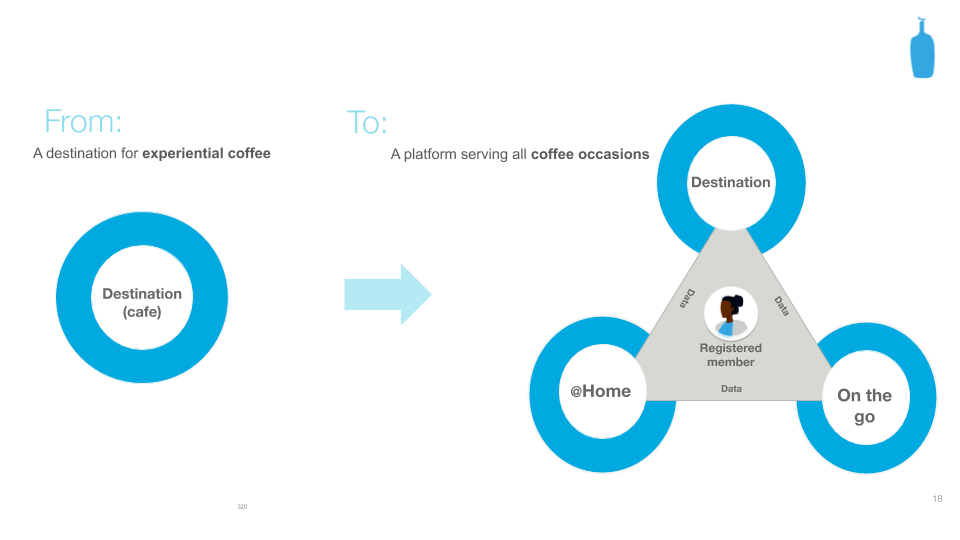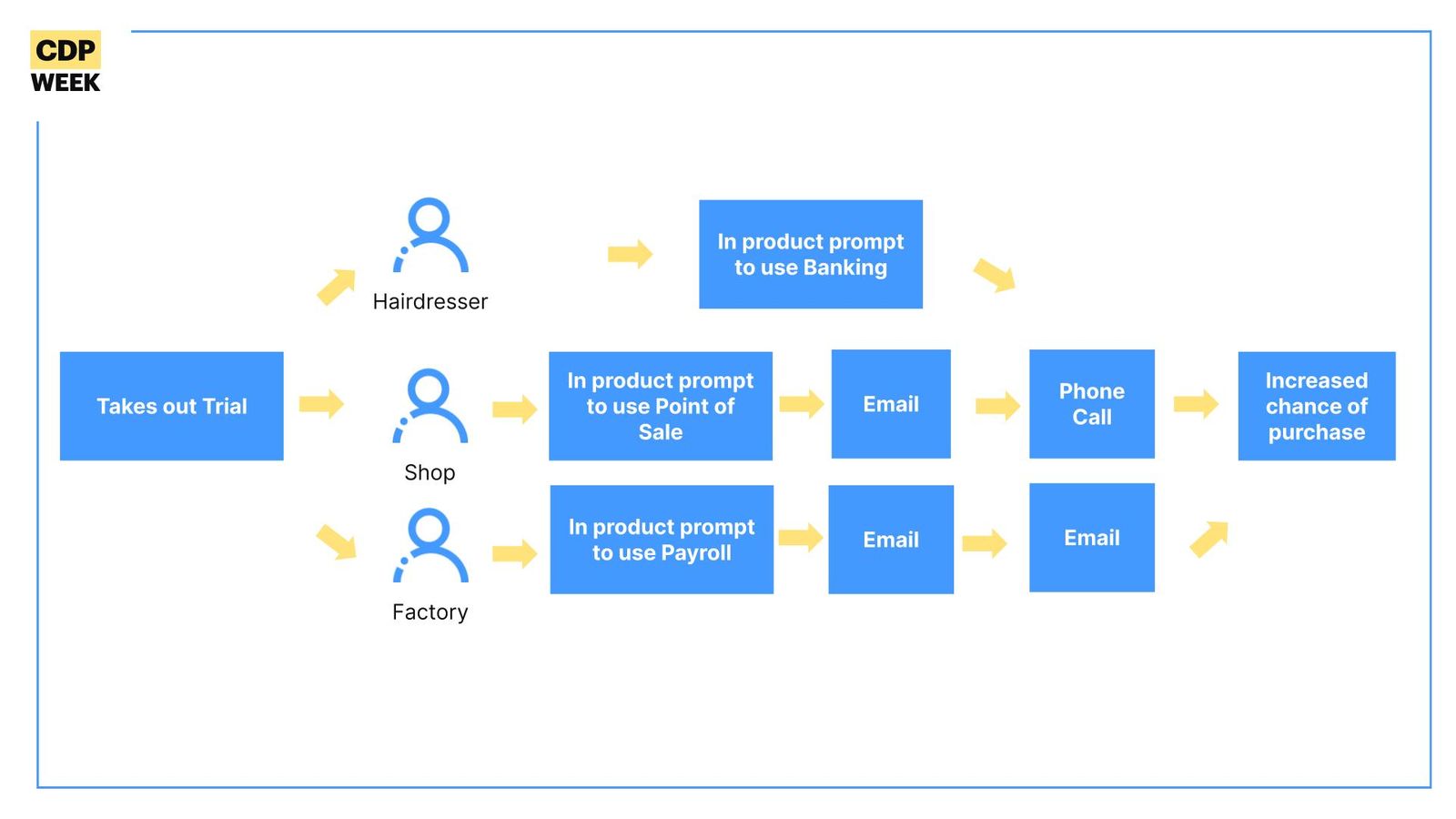CDP Week Day 2: Evolution, adaptation, and experimentation
Day 2 saw another full house at CDP Week. Here’s a quick recap of the highlights.
Day 2 saw another full house at CDP Week. Here’s a quick recap of the highlights.
From October 19 to 22, CDP Week brought together inspiring keynotes, practical sessions, and digital networking experiences that highlight the impact a CDP can drive for every business. View all the sessions on-demand here.
Day 2 saw another full house at CDP Week (who knew virtual events actually had capacity limits?!) featuring guests from Intuit, AWS, and more.
For those of you who weren’t able to make it, or if you were overwhelmed by everything you heard on the day, here’s a quick recap of the highlights.

Most, if not all of us, have an incredibly strong relationship with our local coffeeshop and barista. Is that kind of human connection even possible for online businesses?
This was the challenge faced by Blue Bottle Coffee over the past few months. With temporary closures in place, they had to come up with a way to bring the same high level of hospitality they were known for in-store to all their digital channels. Aditi Jain, Director of Ecommerce at Blue Bottle Coffee, shared her experience of digitizing the cafe experience.
By leveraging the right technology, they were able to deliver personalized digital marketing that matched the in-store experience. For example, app guests who had previously bought Colombia Los Vascos coffee in-store were sent a personalized marketing campaign educating them about the coffee and the producers, as well as a nudge for them to brew Los Vascos coffee at home.

The secret ingredient was a robust data infrastructure that let them personalize the online experience like never before.
A typical mid-market company uses 185 different apps in their tech stack. How do you manage a complex tech stack like this at scale?
Christy Haragan, Solution Engineer at Segment, shared real examples of how stacks have evolved over long periods of time and called out the common roadblocks you need to watch out for.
For example, in order to avoid complexity, most companies try to consolidate their tech stack by choosing fewer tools. This has the benefit of simplifying integration efforts, reducing time-to-value in the short term, and reducing maintenance costs long-term.
However, consolidation means you are often paying for features that you don’t use. In some cases, you’re better off choosing a best-in-class point solution for your specific needs.
These tricky trade-offs are the hallmarks of an ever evolving tech stack.
Despite 2020 having been a challenging year for most businesses, a common thread throughout today’s sessions was how to use experimentation to uncover new growth drivers.
In a panel featuring Udacity, Ritual and Chopra Global, Laura Brodie, Director of Growth at Ritual, shared how her team is using experimentation to drive big wins rather than the micro-A/B tests on emails, checkout flows that have become synonymous with experimentation.
Her team uses experimentation to understand its overall impact on the lifetime value of a customer. For example, they split different cohorts of users in-app for a period of a month to understand which customers are most valuable to their business. Once they’d understood what those behaviors are, they can then feed those insights back into the app to increase retention and monetization.
Meanwhile, Segment co-founder, Calvin French-Owen, brought us through the “ship/kill” framework, a weekly cross-functional meeting where experiments are discussed, and then launched or sunsetted.
How do you build world class experiences when your product is sold to a wide variety of users?
This was the challenge shared by Jay Nawaz, Head of Product at MYOB, a 25 year old software company powering small businesses across Australia and NZ. The diversity of signups (a new signup could be a hairdresser, a shopkeeper, or a factory owner) meant there was no one right path to purchase, and their one-size-fits all sign-up flow saw them struggle with churn.

Jay shared how MYOB overcame this challenge via personalized, role-based onboarding experiences that increased their trial conversion rates by 54%
That’s just a taste of what happened on Day 2, but there’s more where that came from.
Join us tomorrow at 9 am PT for Day 3, where we will hear from companies like IBM, Plaid, and AB InBev, and many more.
Plus, we’ve got a very special fireside chat featuring Twilio CEO, Jeff Lawson, and Segment CEO, Peter Reinhardt.

Our annual look at how attitudes, preferences, and experiences with personalization have evolved over the past year.